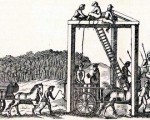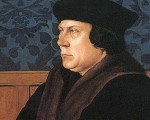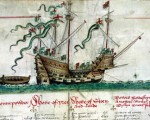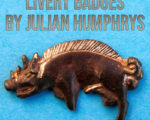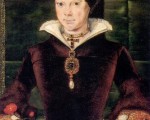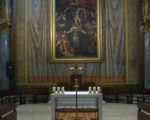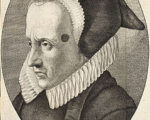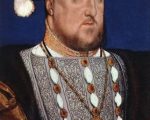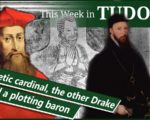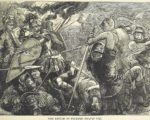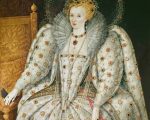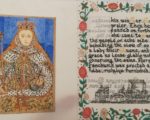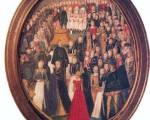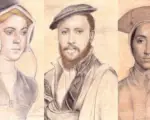“I have a fascination to learn by whom, how and to what extent the battlefields of Bosworth, Flodden, Stoke Field and others were cleared in the aftermath. What happened to what was left – carnage, the armour, horses, weapons, personal effects and of course the bodies?”
Our military historian Julian Humphrys of the Battlefields Trust has answered the question. A big thank you to him!
In general terms it was very much a case of ‘to the victor, the spoils’ with the army left in possession of the field at the end of a battle having the pick of whatever remained there. Indeed, battles of the Medieval and Tudor periods were frequently followed by an intense period of clearing up with everything of potential value being taken by the winners. There was nothing particularly new in this – the lower section of the Bayeux Tapestry shows little men gathering up swords and stripping the dead of armour while the fighting rages above them.
[Read More...]
